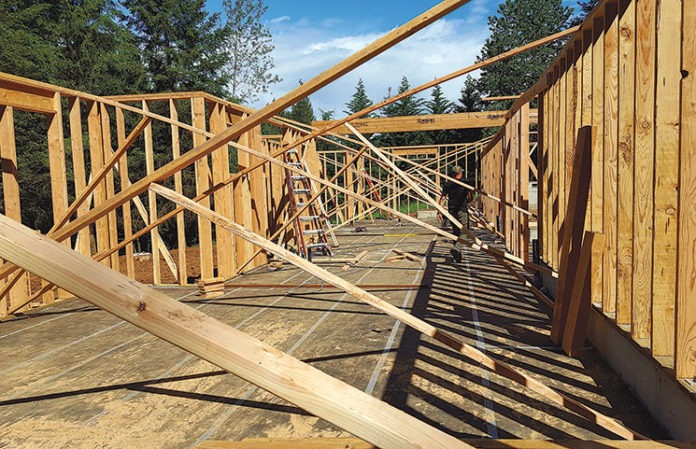The pandemic lockdowns and civil unrest may have people concerned about crowding more and more people into an increasingly dense Urban Growth Area (UGA). Although Clark County’s update of its UGA through its periodic review of its Comprehensive Plan is still a few years away, Clark County’s Buildable Lands Project Advisory Committee (BLPAC) has been hard at work holding monthly meetings virtually throughout the pandemic to examine and inventory Clark County’s buildable lands supply.

Why is the buildable lands supply important? It determines how much land is available for growth of new businesses and residents over the next 20 years. The buildable lands supply also informs the Board of County Councilors’ ultimate decision on whether to expand the UGA and how much of an expansion is needed. The amount of land that will be added to the UGA for new businesses and residents is determined by comparing the amount of land needed over the 20-year planning horizon with the existing supply of buildable lands.
If the inventory of buildable lands overestimates the amount of land that is actually available, that will lead to a shortage of buildable land, which could constrain economic growth as businesses looking to locate in Clark County or relocate within Clark County may have difficulty finding an available site.
The buildable lands inventory is based on a variety of assumptions, including the overall amount of vacant land in Clark County, the amount of developed land that is underutilized, the amount of land that is environmentally constrained, the amount of land that is devoted to public infrastructure and the market factor (otherwise known as the “fudge factor”). It is important for these assumptions to be precise in order to have an accurate buildable lands inventory that doesn’t overestimate the amount of available land.
Historically, Clark County assumed that 27% of every development would be devoted to public infrastructure and that 50% of environmentally constrained lands (i.e., wetlands and stream corridors) would be developed. Many in the development community have questioned whether these assumptions need to be revised to reflect current circumstances and environmental regulations. These assumptions are among the important issues now being examined by the BLPAC.
On May 28, 2020, one of the civil planning and engineering consultants provided a memorandum to the BLPAC analyzing the public infrastructure assumption and determining that because of new stormwater regulations adopted by the Department of Ecology in 2007, the total amount of land consumed to accommodate stormwater facilities has increased by 34%. This increase in the amount of land consumed for stormwater facilities should be incorporated into the assumptions for the buildable lands inventory model.
The May 28, 2020, memorandum also looked at off-site infrastructure such as future school sites, transportation corridors, parks and other facilities that would not be used for business or residences. Historically, Clark County has excluded publicly owned land from consideration as buildable land. However, the May 28, 2020, memorandum noted that Clark County’s historic buildable lands assumptions do not account for new land needed for future expansion of public facilities. When public agencies acquire land for public facilities, such as streets, schools and parks, they compete with private businesses and developers looking for land, thus converting otherwise “buildable” lands into land for public facilities. The buildable lands should be updated to account for this.
The work of the BLPAC is not glamorous but it is vital for the long-term economic prosperity of Clark County. The BLPAC is scheduled to wrap up its preliminary assumptions for the buildable lands inventory in August for review by the Board of County Councilors in September.
For those interested, here is a link to the BLPAC website. Public comment is welcome.
Steve Morasch is an attorney with Landerholm, P.S. He can be reached at stevem@landerholm.com.






